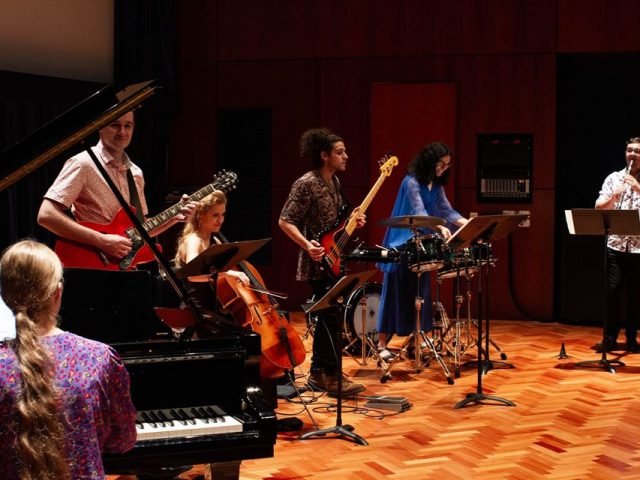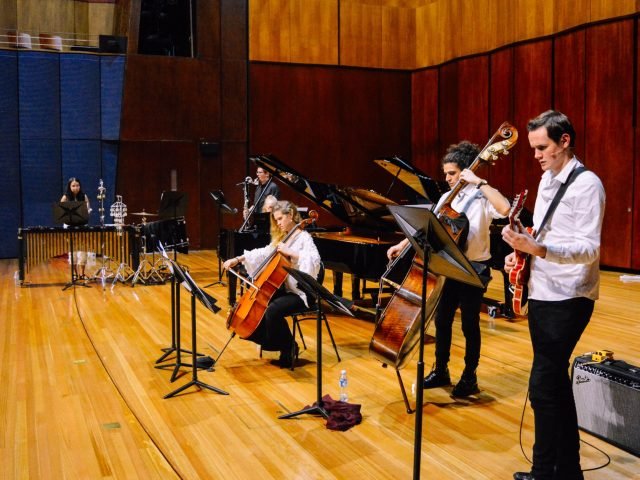Program Notes
Get immersed in the music
Motion To Ocean
Motion to Ocean is a work that I composed for Concept Ensemble as of recently. I was really inspired by listening to some works of ‘minimalist’ composer Steve Reich, as well as through some aspects of progressive rock and metal. Mainly, there is a set of motifs which can be heard underlying throughout the whole work, as well as a transfusion of stylistically differing genres, whether it is ‘minimalist’ or closer to a Latin-inspired rhythmic groove. As for the title itself, Motion to Ocean can be described through one of the tempo markings, Steady as a rocking horse; otherwise, steady with a continuous stream of motion to it, like the ocean; henceforth Motion to Ocean.
the flattery of fire
Possibly Nuclear has a number of themes that imitate popular music genres, including disco/dance, heavy metal, and jazz. The work weaves these styles and themes into a colorful tapestry, blending each style further until the work becomes a singular dance/jazz/metal sound. The piece also features a commercial break toward the end. Possibly Nuclear was composed in 2014 for Nuclear Music, a contemporary music ensemble at University of Florida.



